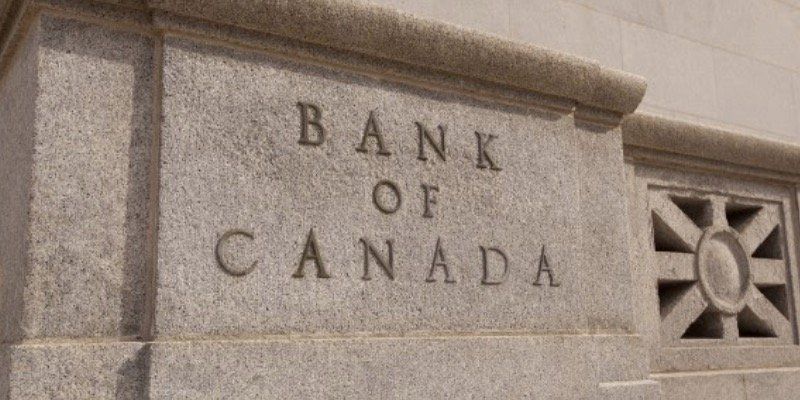Bank of Canada Rate Announcement Mar 7th, 2018
The Bank of Canada today maintained its target for the overnight rate at 1 1/4 per cent. The Bank Rate is correspondingly 1 1/2 per cent and the deposit rate is 1 per cent
Global growth remains solid and broad-based. In the United States, new government spending and previously-announced tax cuts are anticipated to boost growth in 2018 and 2019. However, trade policy developments are an important and growing source of uncertainty for the global and Canadian outlooks.
In Canada, the national accounts data show that the economy grew by 3 per cent in 2017, bringing the level of real GDP in line with the projection in the Bank’s January Monetary Policy Report (MPR). In the fourth quarter, GDP growth was slower than expected, largely due to higher imports, while exports made only a partial recovery from their third-quarter decline. The gain in imports mainly reflected stronger business investment, which adds to the economy’s capacity.
Strong housing data in late 2017, and softer data at the beginning of this year, indicate some pulling forward of demand ahead of new mortgage guidelines and other policy measures. It will take some time to fully assess the impact of these, as well as recently announced provincial measures, on housing demand and prices. More broadly, the Bank continues to monitor the economy’s sensitivity to higher interest rates. Notably, household credit growth has decelerated for three consecutive months. The implications of the recent federal budget for the outlook for growth and inflation will be incorporated in the Bank’s April projection.
Inflation is running close to the 2 per cent target and the Bank’s core measures of inflation have edged up, consistent with an economy operating near capacity. Wage growth has firmed, but remains lower than would be typical in an economy with no labour market slack. Inflation is fluctuating because of temporary factors related to gasoline, electricity, and minimum wages.
In this context, Governing Council maintained the target for the overnight rate at 1 1/4 per cent. While the economic outlook is expected to warrant higher interest rates over time, some continued monetary policy accommodation will likely be needed to keep the economy operating close to potential and inflation on target. Governing Council will remain cautious in considering future policy adjustments, guided by incoming data in assessing the economy’s sensitivity to interest rates, the evolution of economic capacity, and the dynamics of both wage growth and inflation.
This was the second announcement in 2018, here are the announcements dates set out for the remainder of 2018.
- April 18th 2018*
- May 30th 2018
- July 11th 2018*
- September 5th 2018
- October 24th 2018*
- December 5th 2018
*Monetary Policy Report published




